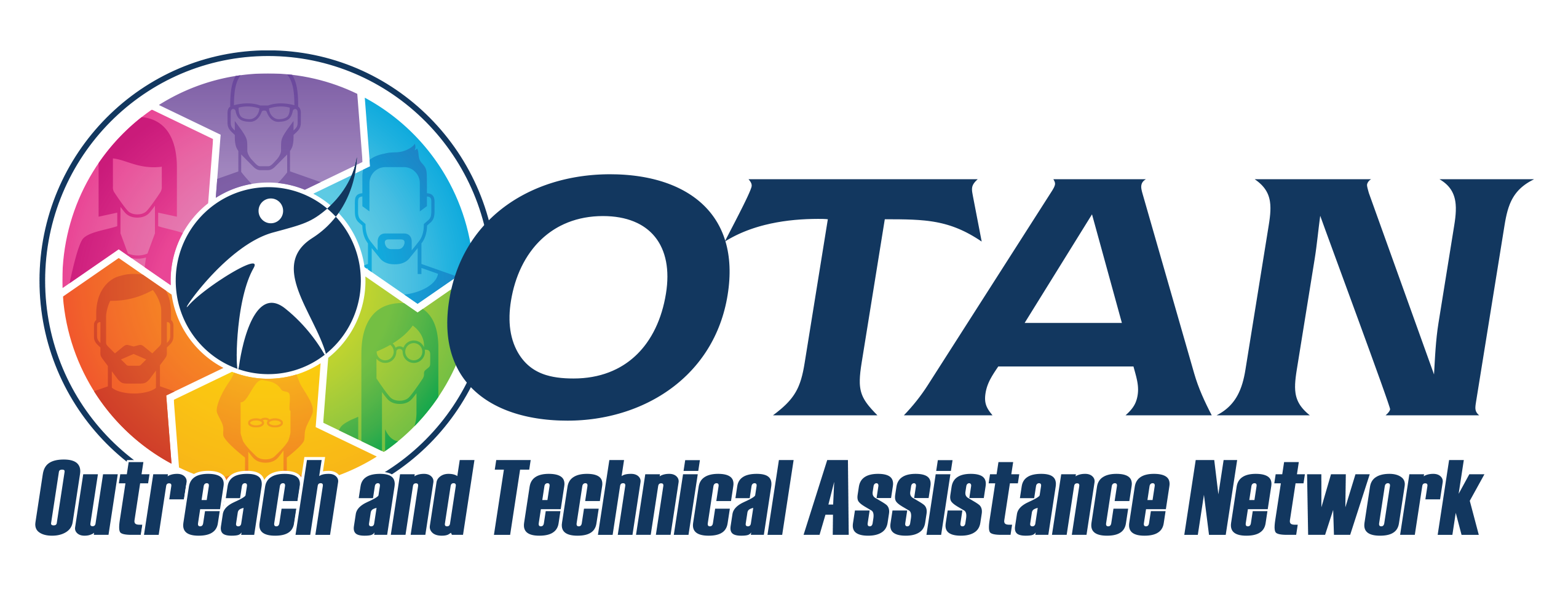OTAN News
Understanding the Roles and Responsibilities of the Department of Education
And keeping track of where these responsibilities will live in the near future.
Full Article: Learning for Justice
Context
With the changes occurring in our educational system, this article outlines exactly the roles and responsibilities established when enacted, October 17, 1979, by President Jimmy Carter. One hundred years prior, President Andrew Jackson signed legislation in 1867 to create a Department of Education. When the US “became a global power, the commitment to a specific federal agency for education became essential.” Then, Congress established this Cabinet-level agency with this purpose:
- to strengthen the Federal commitment to ensuring access to equal educational opportunity for every individual;
- to support more effectively States, localities and public and private institutions in carrying out their responsibilities for education;
- to promote improvements in the quality and usefulness of education through federally supported research, evaluation, and the sharing of information;
- to improve the management and efficiency of Federal education activities;
- to increase the accountability of Federal education programs to the President, the Congress, and the public;
- to encourage the involvement of the public, parents, and students in Federal education programs;
- to improve the coordination of Federal education programs.
Five High-Impact Responsibilities of the Education Department
With the dismantling of the Department of Education, it’s important to understand the responsibilities covered and track which department will be responsible for them. For further explanation, click the full article for details.
- Fund research and new approaches to improving education that provide high-quality data, statistics and evaluation to inform education policies and practices.
- Ensure equal access to education and civil rights protections for all students.
- Improve education outcomes for students with disabilities with programs that ensure equal access to education and support student needs.
- Improve education for all students by closing the gap in education outcomes for students from families with low incomes and those experiencing poverty.
- Fund and support higher education access and opportunities for students to ensure the nation’s future global competitiveness.
This is traditionally where Adult Education lived with the following from the text:
The Office of Career, Technical, and Adult Education (OCTAE) administers and coordinates programs that are related to adult education and literacy, career and technical education, and community colleges. OCTAE helps students obtain academic and technical skills in preparation for “high-skill, high-wage, and in-demand occupations in the 21st century global economy.”
Adult Education and Family Literacy Act (AEFLA) “supports programs that help adults get the basic skills they need including reading, writing, math, English language proficiency, and problem-solving to be productive workers, family members, and citizens.
The Department of Adult Education and Literacy (DAEL) oversees programs supported by the AEFLA through grants that support the administration of these life-changing programs.
As educators, it’s important to track Adult Education and where it’s housed moving forward.

